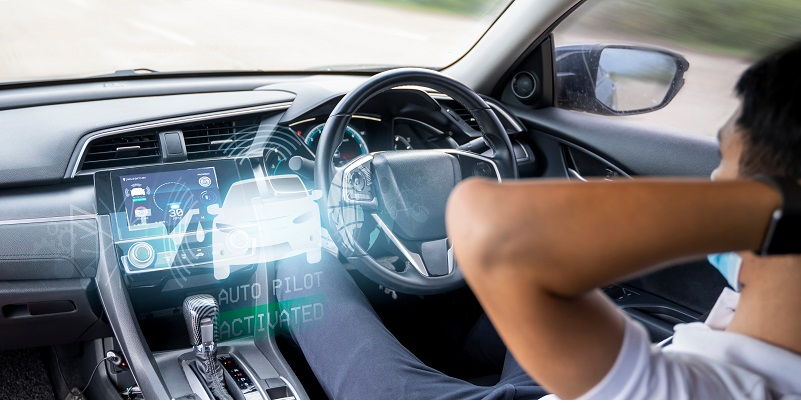The rise of autonomous cars is no longer a distant dream but a tangible reality. IDTechEx’s comprehensive report, ‘Autonomous Cars, Robotaxis, and Sensors 2024-2044,’ highlights a significant shift in the integration of autonomous vehicles into our everyday lives. As technology continues to advance, the reliance on sophisticated sensors becomes paramount in achieving safe and efficient autonomous driving.
The Responsibility of Level 3 Autonomy
As the autonomous vehicle industry progresses, it is imperative to understand the implications of moving towards SAE level 3 autonomy. This level entails allowing the vehicle to take on a higher degree of responsibility than ever before. IDTechEx’s report reveals that with level 3 autonomy, vehicles are entrusted with the crucial task of navigating and making decisions under certain driving conditions.
Environmental Sensors for Level 3 Autonomy
Underpinning the move to level 3 autonomy is the requirement for a substantial increase in environmental sensors. Research by IDTechEx indicates that level 3 autonomy demands significantly more sensors than previous levels. In fact, a total of 14 sensors are now necessary, a stark contrast to the handful of sensors typically seen in level 2 vehicles. These sensors play a vital role in enabling the vehicle to perceive its surroundings accurately and react accordingly.
Radar Demand in ADAS Functionalities
ADAS (Advanced Driver Assistance Systems) functionalities are not limited to level 3 vehicles alone. Even in level 2 vehicles and below, there is a growing demand for radar technology. IDTechEx’s report, ‘Automotive Radar 2024-2044: Forecasts, Technologies, Applications,’ notes that approximately 30% of new vehicles shipped in 2022 were equipped with a blind-spot detection system. This signifies the increasing need for radar sensors to enhance safety on the roads.
Growth Potential of Radar Systems
The potential for growth in radar systems is immense, particularly due to emerging safety features such as junction automatic emergency braking. These advancements necessitate more radars than ever before, allowing vehicles to detect and react to potential collisions. With the continuous evolution of radar technologies, the future of automotive safety looks promising.
Saturation Point for Forward-Facing Radar Applications
While the demand for radar technologies is substantial, IDTechEx predicts that the market for forward-facing radar applications, primarily used for adaptive cruise control, may soon reach a saturation point. As current market trends suggest, one radar may be sufficient for most applications, limiting further growth potential in this specific sector.
Importance of LiDAR for Autonomous Driving
LiDAR (Light Detection and Ranging) systems have gained significant attention in the pursuit of fully autonomous driving. Cutting-edge sensors like the Valeo Scala, used by Mercedes, and the Innoviz system, used by BMW, are revolutionizing the industry. These sophisticated LiDARs enable vehicles to gather accurate depth information, efficiently map their surroundings, and ensure optimum safety while driving autonomously.
Future Market Trends for Automotive Sensors
IDTechEx’s extensive research indicates that the combined market for automotive cameras, radar, and LiDAR is projected to experience a remarkable 10-year Compound Annual Growth Rate (CAGR) of 13%. This exponential growth underscores the widespread adoption of autonomous driving technology and highlights the significance of sensors in shaping the future of transportation.
The integration of autonomous cars into our daily lives is no longer a lofty notion but an inevitable reality. Diving into IDTechEx’s report on ‘Autonomous Cars, Robotaxis, and Sensors 2024-2044,’ we witnessed the significant impact of sensors in facilitating the safe and efficient implementation of autonomous vehicles. From the increasing responsibility of level 3 autonomy to the growing importance of radar and LiDAR systems, the future of transportation holds great promise. With continual advancements in sensor technology, we are moving steadily towards a world where autonomous vehicles will significantly enhance our lives on the road.

